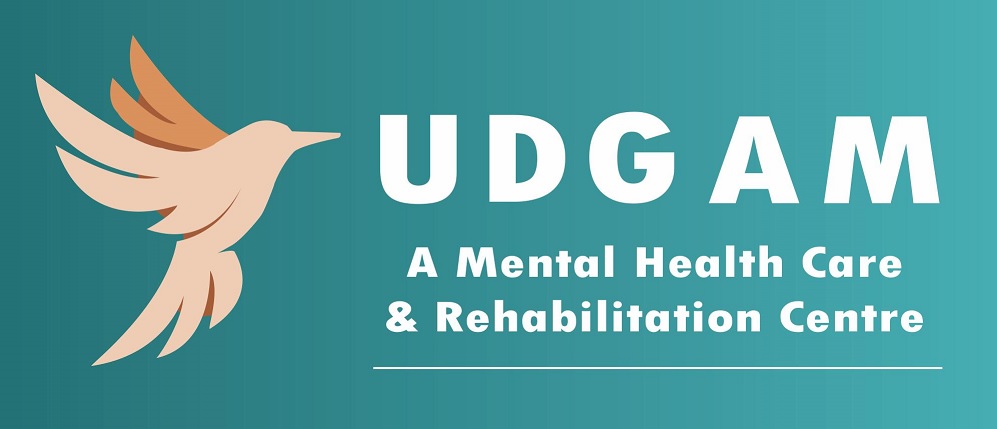
Bullying
What is bullying?
Bullying is an ongoing and deliberate misuse of power in a relationship through repeated verbal, physical and social behaviour that intends to cause physical, social or psychological harm.
It can involve an individual or group misusing their power or perceived power over the vulnerable group who find it difficult to stop them.
Types of Bullying
Sometimes, bullying is obvious to spot, while other times it can be quite subtle.
1) Physical (Kicking, hitting, pushing, slapping)
2) Verbal (Name-calling, insults, racists comments, intimidation)
3) Social (Often covert in nature, designed to harm someone’s reputation, spreading rumours, playing nasty jokes to humiliate)
4) Cyber Bullying (Intentional; the actions are always via computers and phonecalls, emails, texts or comments)
5) Bullying is always repetitive (different from a single episode of any of the above mentioned)
How to identify?
If an adult or child, being a victim of bullying feels:
A. Emotional/Behavioural/Psychological
1) Changes in sleep pattern
2) Changes in appetite
3) Frequent crying spells or easily becomes aggressive
4) Mood swings
5) Stammering
6) Sometimes stealing
7) Low understanding of emotional or social interaction
8) Suffers from constant anxiety and depression
9) Avoids social situations
10) Often suicidal
B. Physical
1) Unexplained cuts and bruises
2) Damaged belongings
3) Easily startled
4) Clothes dirty or torn
Signs in young children:
1) Refusal to go to school
2) Repetitive excuses, avoiding certain situations
3) Bedwetting
4) Disturbed sleep
5) Nightmares
6) Aloof and quiet behaviour
7) Poor eating habits
8) Irritability or frequent crying spells
9) Torn or dirty clothes
10) Childhood anxiety and depression
Why people Bully?
This is difficult to state as there could be many reasons behind this act.
1) Bullies are not born but they are made. If a child’s (as young as 2 years old) normal aggression is not handled consistently and efficiently by elders, the child fails to acquire internal restraints against such behaviours.
2) Sometimes they bully because they lack the alternative social skills to make people do what they want them to do.
3) At times it’s a way of establishing social dominance.
4) Gradually becomes an increasingly dysfunctional way of dealing with the situation and people in life.
How to handle a bully or help the victims?
1) Teaching young children to be socially skilled to handle such behaviours.
2) Help them develop confidence in their abilities.
3) Walk tall and head held high and sending a message with their body language that they are not scared of them.
4) Walk away and not fight. By paying attention we at times feed the bullies.
5) Talk about it with someone trusted and seek advice.
6) Take professional help. It’s never too late to ask for help.
How to help if a bully wants to change?
Yes, what if a bully is guilty of his or her behaviour and wants to change for good.
1) Try to keep yourself in their position. Understanding how you would have felt if someone would have said or done the same things to you what you did to others.
2) Learn healthy alternative socially acceptable ways of dealing with people and situations.
3) Seeking professional help.
How UDGAM will help in treatment?
We comprise a dedicated team of mental health professionals who believe that the right interventions for adult & children can bring impactful changes in their and their parent’s life. We have an online-based program to manage your problems. We provide quality care, support & multidisciplinary services to achieve this and promote Hope, Health & Happiness.

